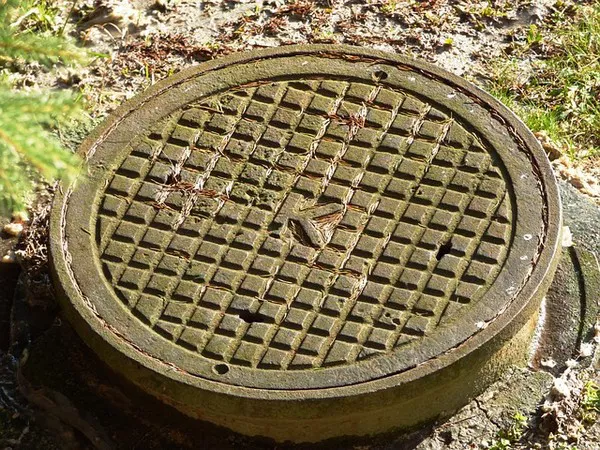Wastewater treatment is a crucial process that plays a pivotal role in safeguarding our environment and public health. It involves a series of stages that work in concert to remove impurities, contaminants, and pollutants from wastewater before it is released back into the environment or reused. This article aims to provide an in-depth understanding of the various stages of wastewater treatment, highlighting their significance and the technologies involved in each step.
Preliminary Treatment
The first stage of wastewater treatment, known as preliminary treatment, involves the removal of large debris and objects from the incoming wastewater. This step prevents blockages, damage to equipment, and protects downstream treatment processes from being overwhelmed. Common components of this stage include screens, grit chambers, and bar racks.
Screens act as mechanical filters, capturing large items such as sticks, plastics, and other solid waste. Grit chambers are designed to remove sand, gravel, and other heavy particles that could cause abrasion and damage to equipment further down the treatment line. This initial stage prepares the wastewater for the subsequent treatment steps.
Primary Treatment
Primary treatment is the next phase in the wastewater treatment process. In this stage, the wastewater undergoes physical and chemical processes to remove a significant portion of suspended solids and organic matter. The primary treatment process typically involves the use of settling tanks, also known as primary clarifiers.
As wastewater enters the primary clarifier, it slows down, allowing gravity to settle out the heavier solids. These solids, known as sludge, accumulate at the bottom of the clarifier, while the relatively cleaner water flows out. Primary treatment reduces the biochemical oxygen demand (BOD) and total suspended solids (TSS) of the wastewater, making it more amenable to further treatment.
Secondary Treatment
After primary treatment, the wastewater still contains a substantial amount of dissolved and suspended organic matter, as well as pathogens. Secondary treatment is designed to address these issues through biological processes. The two primary methods employed in secondary treatment are the activated sludge process and the trickling filter process.
a. Activated Sludge Process:
The activated sludge process is a biological treatment method in which microorganisms, typically bacteria, are introduced into the wastewater. These microorganisms consume the organic matter present in the wastewater, breaking it down into less harmful byproducts. This process occurs in aeration tanks, where the wastewater is agitated and aerated to promote the growth and activity of the microorganisms. After the biological reaction, the wastewater proceeds to secondary clarifiers, where the biomass settles out, leaving relatively cleaner water.
b. Trickling Filter Process:
The trickling filter process involves passing wastewater through a bed of media, often rocks or plastic, where microorganisms are attached. As the wastewater trickles over the media, the microorganisms consume organic matter and pollutants. This process is also followed by settling in secondary clarifiers, separating the treated water from the biomass.
Both activated sludge and trickling filter processes reduce the BOD, TSS, and pathogen levels in the wastewater, making it significantly cleaner and safer for the environment.
Tertiary Treatment
While secondary treatment greatly improves the quality of wastewater, it may not be sufficient for specific applications or environmental standards. Tertiary treatment is an advanced stage that provides further purification to meet more stringent requirements. It can include a variety of physical, chemical, and biological processes. Some common tertiary treatment methods are:
a. Filtration: Wastewater is passed through sand, anthracite coal, or multimedia filters to remove fine particles and impurities.
b. Chemical Coagulation and Flocculation: Chemicals are added to wastewater to facilitate the clumping of fine particles and contaminants, which can then be removed more effectively.
c. Disinfection: To eliminate remaining pathogens, various disinfection methods are used, such as chlorination, ultraviolet (UV) radiation, and ozonation.
d. Nutrient Removal: In some cases, excess nutrients like nitrogen and phosphorus are removed to prevent eutrophication in receiving waters.
Tertiary treatment ensures that the treated wastewater meets the specific quality standards required for its intended use, whether that be for discharge into natural water bodies, industrial processes, or even potable water production.
Advanced Treatment
Advanced treatment processes go even further than tertiary treatment to address emerging contaminants, pharmaceutical residues, and other complex substances. These methods are often necessary to meet stringent environmental regulations and protect water quality. Some advanced treatment techniques include:
a. Reverse Osmosis: This process involves forcing wastewater through a membrane to remove dissolved contaminants and produce high-quality water, suitable for various applications.
b. Advanced Oxidation Processes (AOPs): AOPs use chemical reactions, such as ozonation and UV-based treatments, to break down persistent organic pollutants.
c. Membrane Bioreactors (MBRs): MBRs combine biological treatment with membrane filtration, ensuring excellent water quality and pathogen removal.
d. Carbon Adsorption: Activated carbon is used to adsorb specific contaminants and organic compounds from the water.
These advanced treatment methods are essential in addressing the challenges posed by emerging contaminants and ensuring that treated wastewater is safe for reuse or discharge.
Conclusion
Wastewater treatment is a complex, multi-stage process that plays a critical role in protecting the environment and public health. The stages of wastewater treatment, from preliminary treatment to advanced treatment, work together to remove impurities, contaminants, and pollutants, making the water safe for release into natural water bodies, industrial processes, or even drinking water production.
The significance of each stage lies in its ability to reduce the levels of suspended solids, organic matter, and pathogens in wastewater. Primary treatment removes larger particles, secondary treatment employs biological processes to further break down organic matter, and tertiary and advanced treatments provide additional purification to meet specific quality standards.
It is essential that wastewater treatment facilities continue to evolve and adapt to emerging challenges, including the presence of new and complex contaminants. By doing so, we can ensure the continued protection of our environment and the availability of clean and safe water resources for generations to come.

